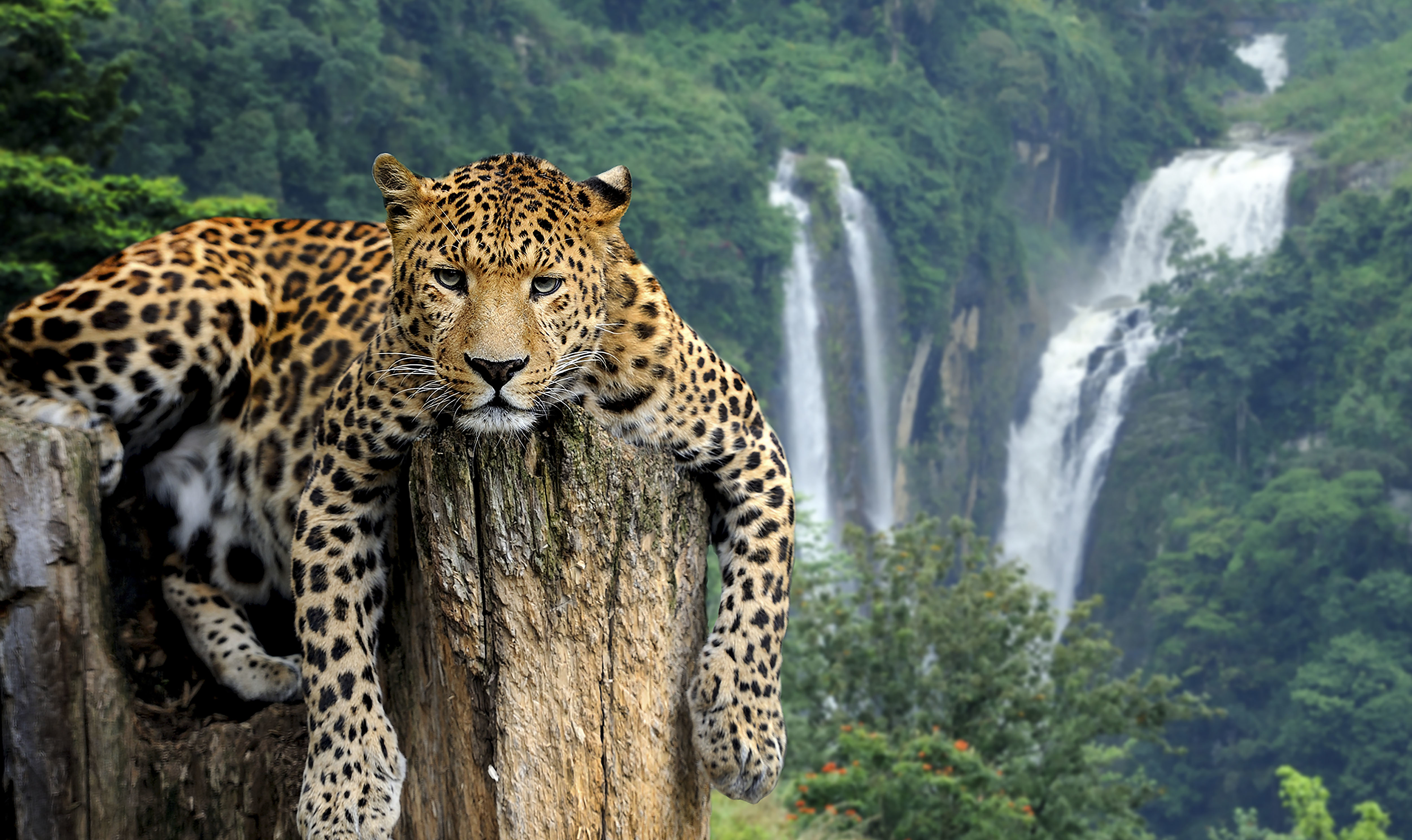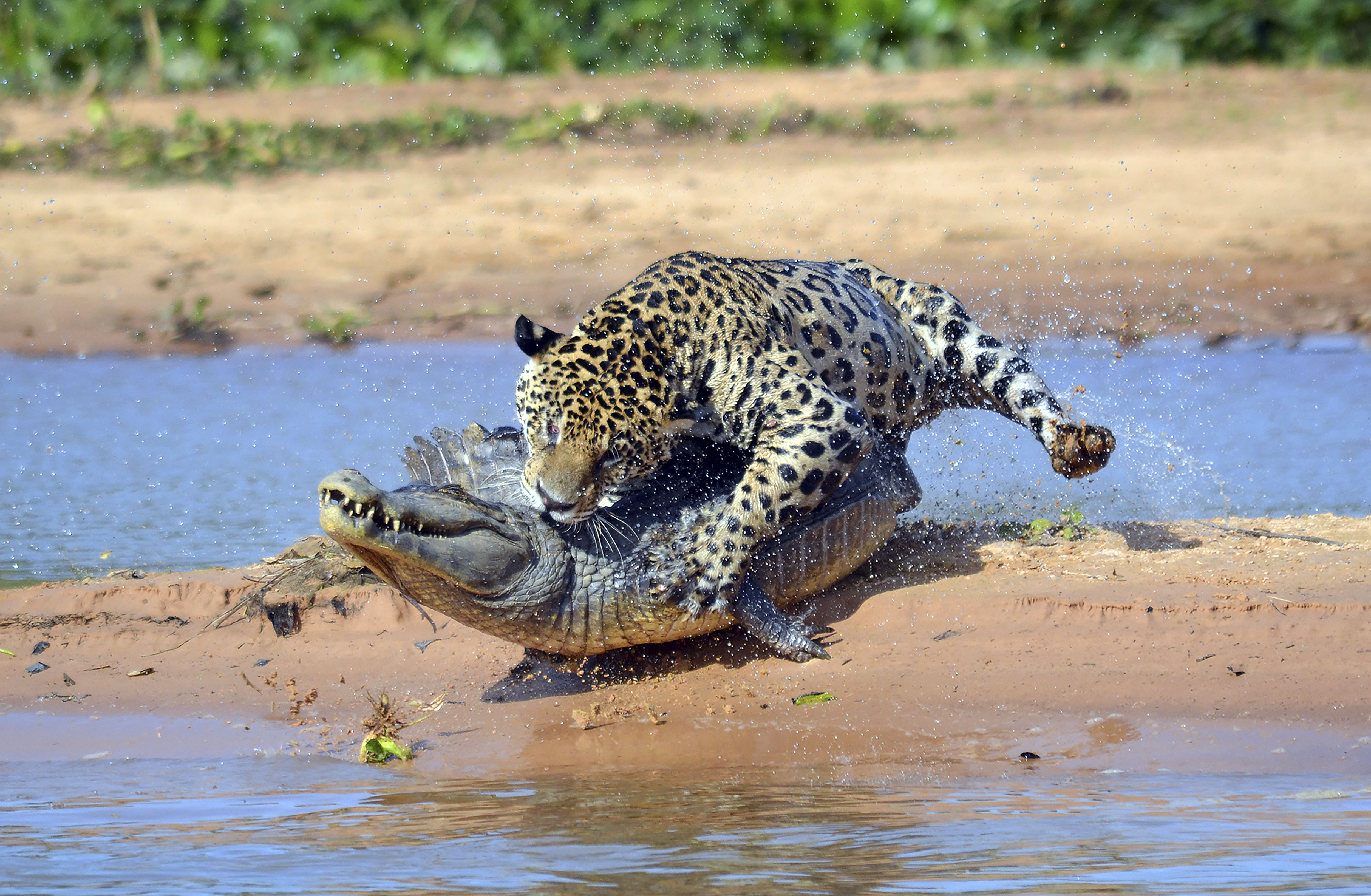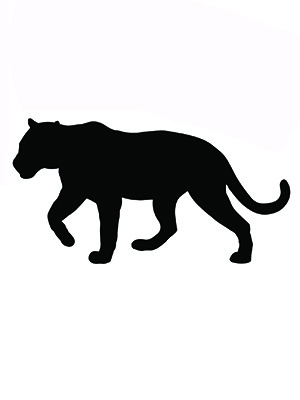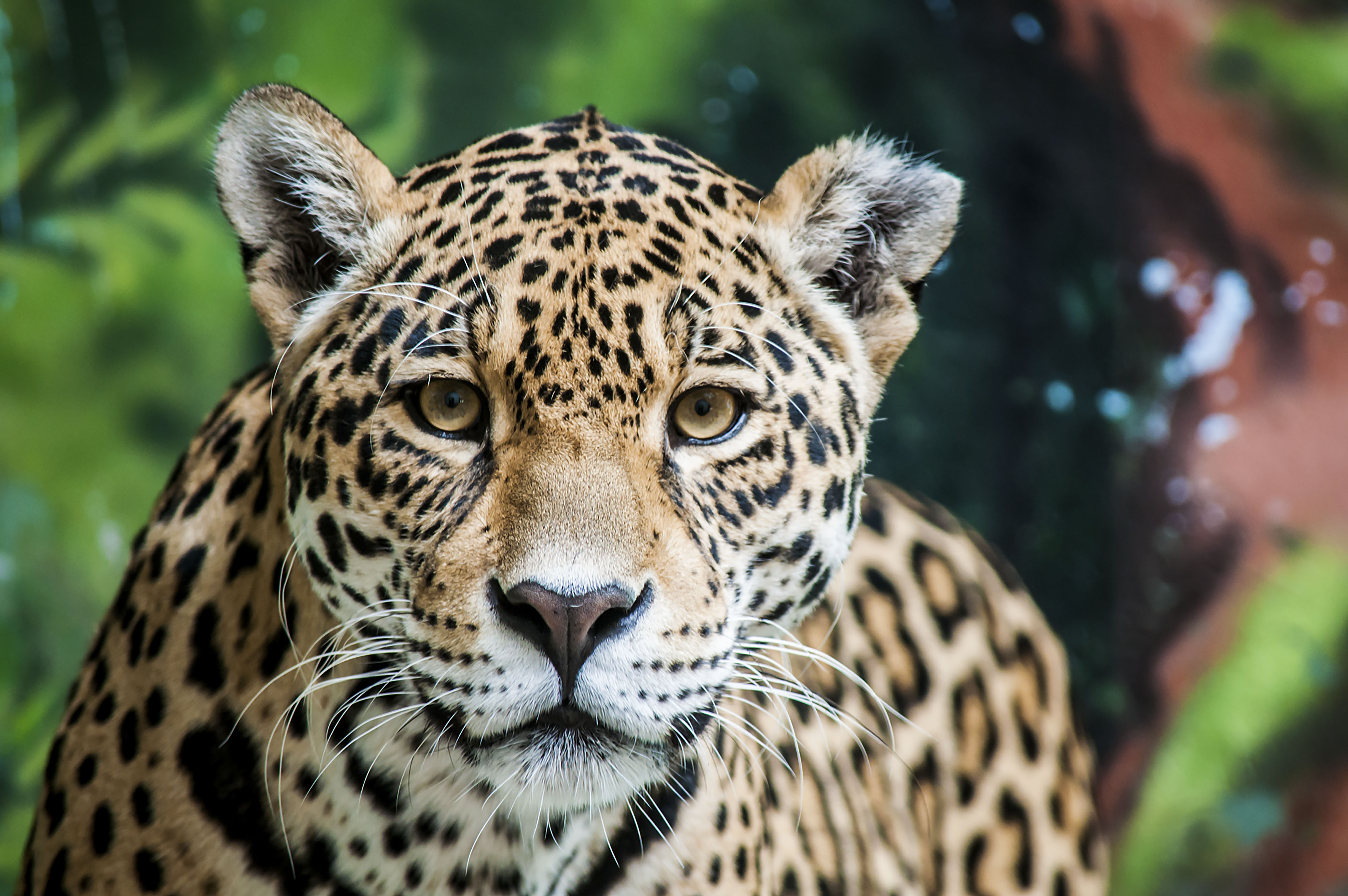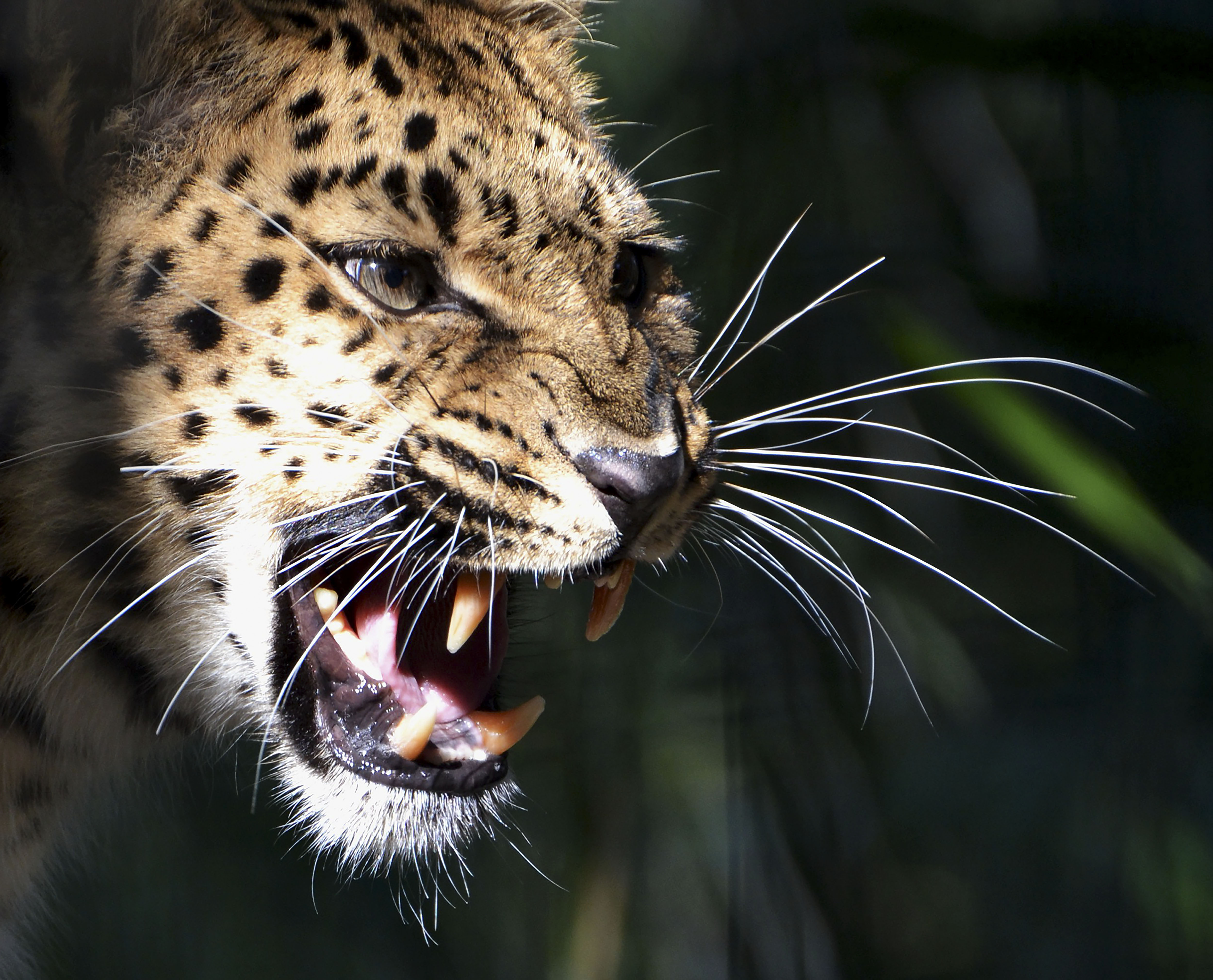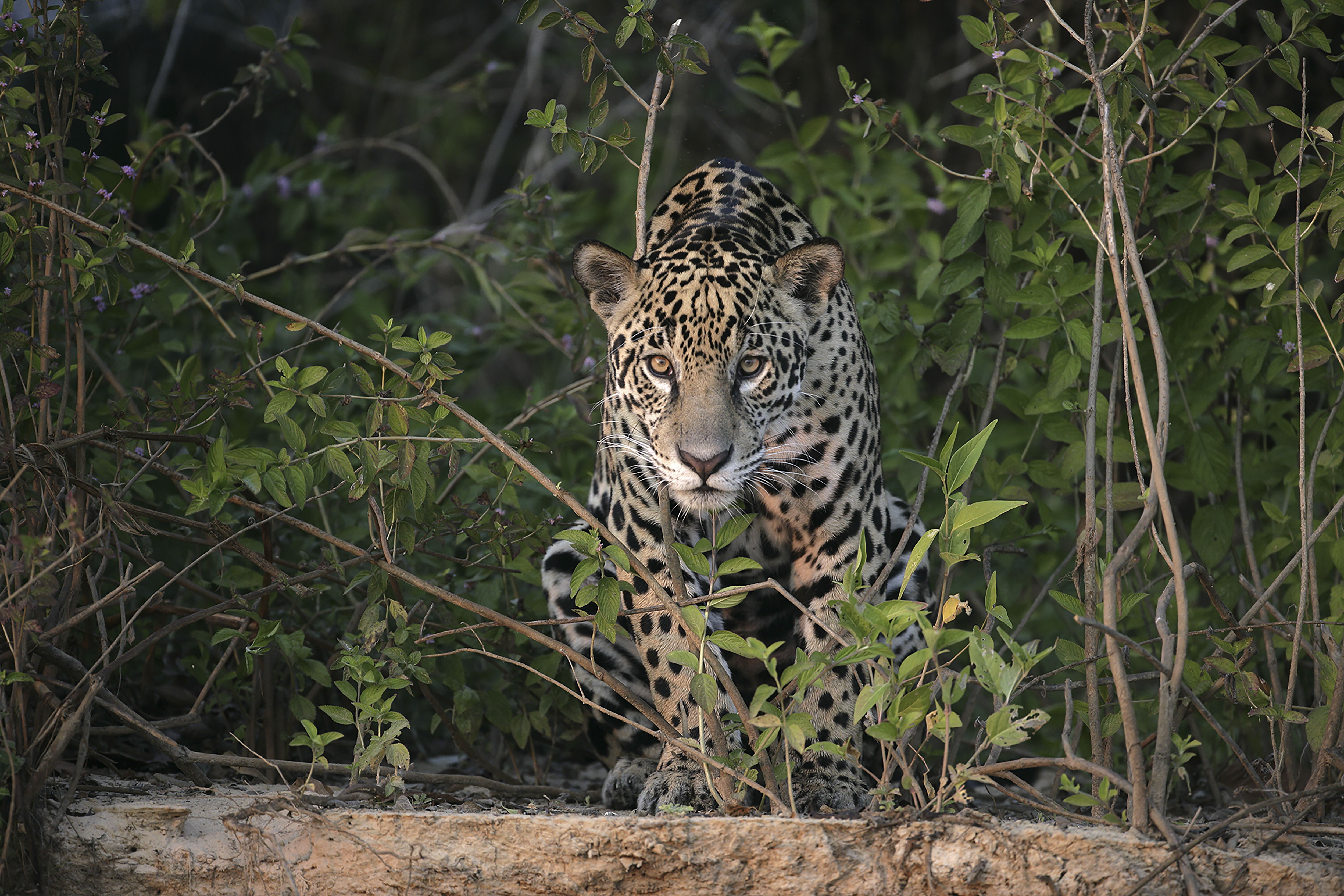Jaguar
(Panthera onca)
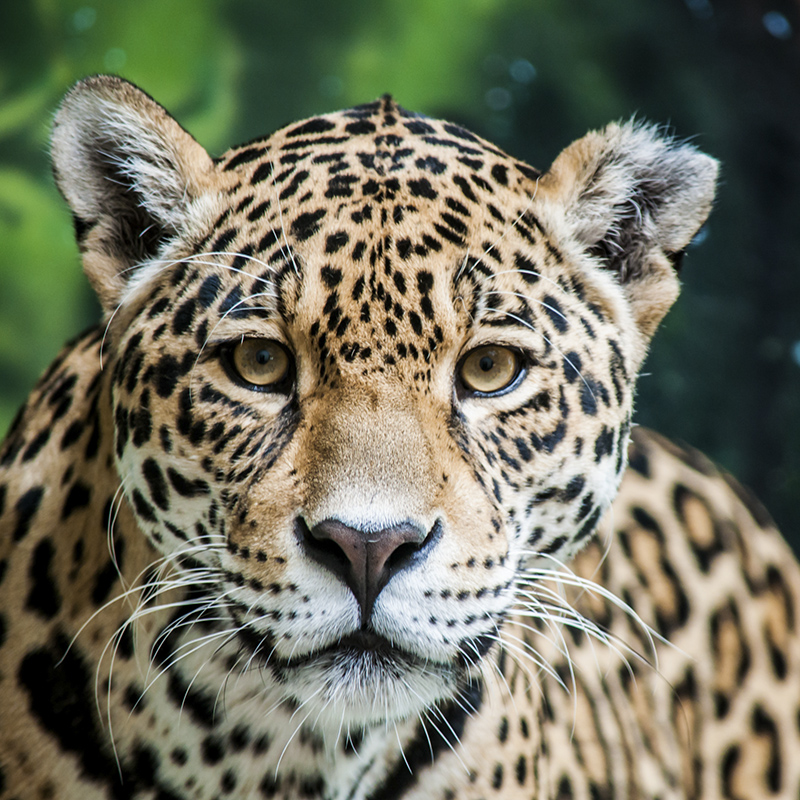
Southwestern Amazonian Moist Forests
STATISTICS
Height up to
75 cm
Length up to
180 cm
Weight up to
136 kgs
Lifespan
15 Years
Powerful - Territorial - Swimming Ability - Crepuscular
The Jaguar is the largest cat in the Americas. It prefers dense, tropical forest with plenty of cover. It is an excellent swimmer and is more often than not found near water. It stalks its prey and is built for power, not speed therefore it can only run in short bursts. It hunts by pouncing and uses the art of surprise to capture its prey.
The female breeds every two years and gives birth to 1 – 4 offspring. The gestation period is 111 days. Usually, this species is most active near dusk and dawn (crepuscular). It is a solitary species that marks its territory by vocalizing, scraping trees, and defecating. The Jaguar eats a wide variety of prey such as deer, turtles, caiman, snakes, porcupine, fish, large birds and other animals. It typically attacks by pouncing on its prey from a hidden spot. Its powerful jaws allow it to get through thick skin and even turtle shells.
BIODIVERSITY BENEFIT
Prey Population Control
THREATS
Habitat Loss and Fragmentation
Deforestation rates in Latin America are the highest in the world largely due to agriculture.
Poaching and Hunting
Killing for trophies and illegal trade in body parts like fur, meat and bones.
PROTECT THE WILDARK 100
